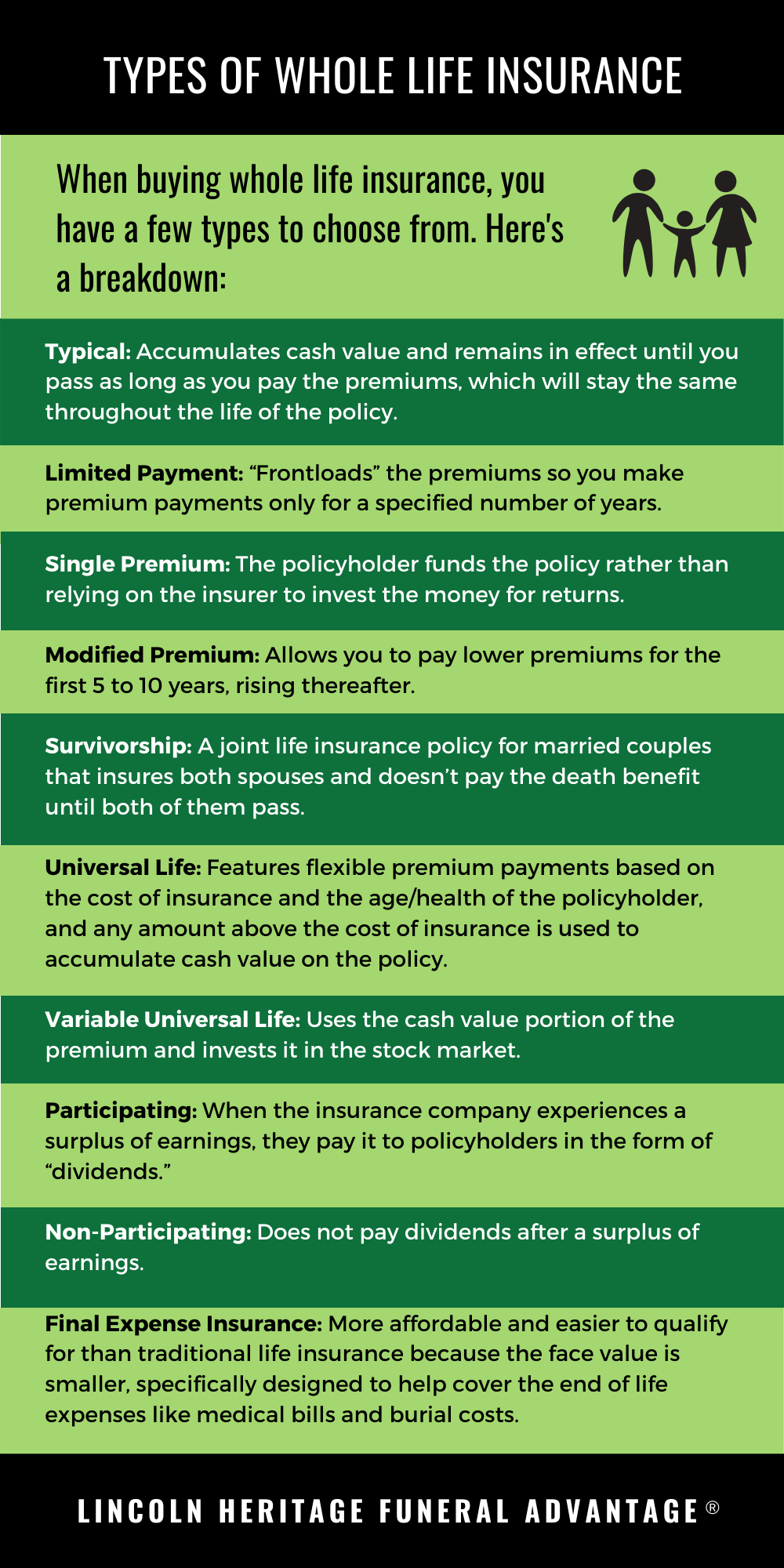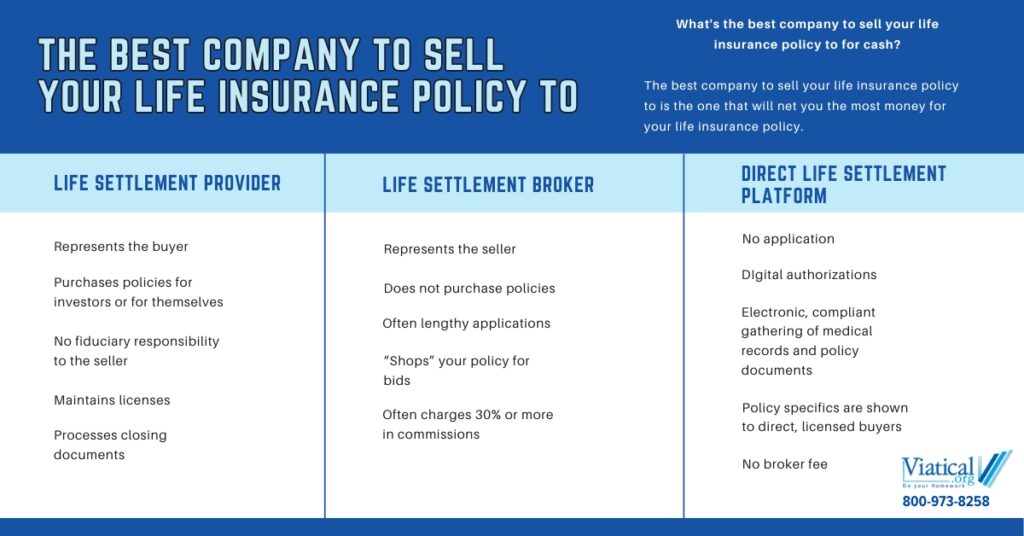Hydroplaning: A Perilous Dance on Waterlogged Roads
Hydroplaning ranks among the most hazardous automotive experiences, leaving drivers feeling like they’re waltzing on ice. It occurs when a vehicle’s tires lose their grip on the road’s surface, creating a slippery, uncontrollable illusion. The culprit behind this treacherous phenomenon? A thin layer of water that forms between the tires and the road, turning your car into an unwilling skater.
Understanding the Mechanics of Hydroplaning
Hydroplaning’s occurrence is dictated by three key factors: speed, water depth, and tire condition. Imagine a speedboat gliding through water. As its velocity increases, the water beneath the hull is forced down, creating a cushion that lifts the boat out of the water. Similarly, when a car’s tires travel too fast on a wet road, they encounter a layer of water that they can’t penetrate. The result? The tires essentially float on top of the water, losing contact with the road’s surface.
But that’s not all. The depth of the water also plays a crucial role. Deeper water increases the likelihood of hydroplaning, as it provides more water to act as a lubricant between the tires and the road. And finally, tire condition cannot be overlooked. Worn-out tires with reduced tread depth have a harder time displacing water, making them more susceptible to hydroplaning.
Consequences of Hydroplaning Accidents
Hydroplaning’s consequences can be as diverse as its causes. From minor scares to catastrophic collisions, the outcome hinges on a multitude of factors, including the car’s speed, the amount of corrective steering applied, and the presence of obstacles in the vehicle’s path. In severe cases, hydroplaning can lead to loss of control, spin-outs, and even rollovers, leaving drivers and passengers injured or worse.
Moreover, research suggests that hydroplaning accidents are more likely to occur during heavy rainfall, particularly within the first 30 minutes of a downpour. This is because the initial burst of rain carries a higher concentration of oil, grease, and other contaminants from the road surface, creating a slicker playing field for tires to lose their grip.
Hydroplaning Car Accidents and their Causes
Driving in rainy conditions can be treacherous, especially if you’re not prepared for the dangers of hydroplaning. Hydroplaning, when a vehicle’s tires lose contact with the road surface and ride on a layer of water, can be a harrowing experience, leading to a loss of control and potentially catastrophic accidents. Here’s an overview of the causes of hydroplaning and how you can avoid it.
Causes of Hydroplaning
Hydroplaning occurs when the water depth on the road exceeds the ability of the vehicle’s tires to evacuate that water. This can happen even at relatively low speeds, especially if the road surface is smooth and the tires are worn or have inadequate tread depth. As a result, a thin film of water forms between the tire and the road, causing the vehicle to float or “hydroplane.” Factors that contribute to hydroplaning include:
1.Excessive Water on the Road Surface
Obviously, the more water there is on the surface of the road, the greater the chances of hydroplaning. Heavy rainfall, puddles, and flooded areas are all situations where hydroplaning is a hazard. Even roads that appear to be only slightly wet can be dangerous if there is standing water in the tire treads.
2. Inadequate Tire Tread Depth
Tires are designed with treads to channel water away from the tires, maintaining contact with the road surface. When tire treads are worn or damaged, they lose their ability to effectively evacuate water, increasing the risk of hydroplaning. It’s essential to maintain proper tire tread depth, which can vary depending on the type of tire and driving conditions.
3.Speed
As the speed of a vehicle increases, so does the force of the water against the tires. This can make even moderate levels of water dangerous and increase the chances of hydroplaning. Slower speeds allow the tires more time to evacuate the water and maintain traction.
4.Vehicle Weight
Heavier vehicles generally have greater traction and are less likely to hydroplane than lighter vehicles. The weight of the car helps to keep the tires in contact with the road surface, even in wet conditions.
5. Tire Pressure
Underinflated tires have less contact with the road surface, making them more susceptible to hydroplaning. Maintaining the correct tire pressure ensures proper contact between the tires and the road, reducing the chances of hydroplaning.
Hydroplaning Car Accidents: A Guide to Staying Safe on Wet Roads
Hydroplaning occurs when a layer of water builds up between your tires and the road surface, causing your vehicle to lose traction and control. This can lead to dangerous accidents, especially if you’re not prepared. In fact, according to the National Highway Traffic Safety Administration (NHTSA), hydroplaning is a factor in roughly 7,000 crashes each year in the United States alone.
But don’t worry, we’re here to help. In this article, we’ll discuss the dangers of hydroplaning, how to avoid it, and what to do if you find yourself in a hydroplaning situation. So, buckle up and let’s dive right in!
Dangers of Hydroplaning
Hydroplaning is a serious hazard that can put you and your passengers at risk. When your tires lose contact with the road, you can lose control of your vehicle in a matter of seconds. This can lead to a variety of accidents, including:
- Spinouts
- Skids
- Crashes
- Rollover accidents
In addition to the physical dangers, hydroplaning can also be a major financial burden. If you’re involved in a hydroplaning accident, you could be facing expensive repairs or even a total loss of your vehicle. That’s why it’s so important to take precautions to avoid hydroplaning whenever possible.
How to Avoid Hydroplaning
The best way to avoid hydroplaning is to slow down when driving on wet roads. The faster you’re going, the more likely you are to hydroplane. In addition, you should also:
- Avoid driving through standing water.
- Be especially careful on curves and bridges.
- Keep your tires properly inflated.
- Get your brakes checked regularly.
If you do find yourself hydroplaning, the most important thing to do is to stay calm. Don’t try to brake or turn sharply. Instead, gently ease off the gas and allow your vehicle to slow down gradually. Once you’ve regained control, pull over to a safe location and check your vehicle for damage.
What to Do If You Hydroplane
If you find yourself hydroplaning, don’t panic. Here are a few things you can do to stay safe:
- Stay calm and don’t overreact.
- Ease off the gas and allow your vehicle to slow down gradually.
- Don’t brake or turn sharply.
- If you start to lose control, gently steer into the direction of the skid.
- Once you’ve regained control, pull over to a safe location and check your vehicle for damage.
Hydroplaning can be a scary experience, but it’s important to remember that it’s something that can happen to any driver.
Hydroplaning Car Accidents: A Guide to Prevention and Recovery
Hydroplaning, a dangerous phenomenon that can lead to car accidents, occurs when a vehicle’s tires lose contact with the road’s surface, causing it to skid uncontrollably. Heavy rainfall creates a layer of water between the tires and pavement, resulting in a loss of traction. This article delves into the causes, prevention, and recovery from hydroplaning incidents, empowering drivers with the knowledge to navigate adverse weather conditions safely.
Causes of Hydroplaning
Excessive speed is the primary culprit behind hydroplaning. When a vehicle travels at a speed that exceeds the ability of its tires to displace water, a layer of water becomes trapped beneath them, lifting the tires off the road surface. Worn or underinflated tires further exacerbate the risk as they have reduced tread depth and a smaller contact patch with the road, making it harder to channel water away.
Prevention of Hydroplaning
Fortunately, there are preventive measures drivers can take to minimize the chances of hydroplaning. First and foremost, slowing down during heavy rainfall is paramount. Reducing speed gives tires more time to evacuate water and maintain contact with the road. Additionally, ensuring tires have sufficient tread depth is crucial. Tires with worn treads lose their ability to effectively channel water, increasing the risk of hydroplaning. Finally, avoiding driving through standing water, such as flooded roads or puddles, is advisable. If encountering standing water is unavoidable, proceed with extreme caution and at a very low speed.
Recovery from Hydroplaning
Should a driver find themselves hydroplaning, it’s essential to remain calm and react appropriately. Panicking or making sudden steering or braking inputs can worsen the situation. Instead, drivers should gradually reduce their speed by lifting their foot off the accelerator. Avoid slamming on the brakes, as this can cause the wheels to lock up and further reduce control. Gently steering in the direction you want the vehicle to travel can help regain traction. Once the vehicle slows down and regains contact with the road surface, resume normal driving.
Additional Tips
Proper vehicle maintenance is a key factor in preventing hydroplaning. Regularly checking tire pressure, ensuring they are inflated to the manufacturer’s specifications, and replacing worn tires promptly can significantly reduce the risk of incidents. Additionally, certain vehicle features, such as anti-lock braking systems (ABS) and electronic stability control (ESC), can assist in maintaining control during adverse weather conditions.
Conclusion
Hydroplaning is a serious road hazard, but by understanding its causes and implementing preventive measures, drivers can significantly reduce their chances of being involved in an accident. Slowing down during heavy rainfall, ensuring tires have sufficient tread depth, and avoiding driving through standing water are essential practices for safe driving. In the event of hydroplaning, staying calm and gradually reducing speed while gently steering in the intended direction can help regain control. By following these guidelines and maintaining proper vehicle maintenance, drivers can navigate wet weather conditions with confidence, reducing the risk of hydroplaning car accidents.
Hydroplaning Car Accidents: A Risky Reality
Driving during heavy rain can be dangerous, and one of the most hazardous conditions is hydroplaning. Hydroplaning occurs when a layer of water builds up between the tires and the road surface, causing the vehicle to lose traction and slide uncontrollably. Unfortunately, hydroplaning car accidents are not uncommon, leading to severe injuries or even fatalities.
Understanding Hydroplaning
Hydroplaning is a complex phenomenon that depends on several factors, including vehicle speed, tire tread depth, and the amount of water on the road. When a vehicle’s tires encounter a deep layer of water, they can no longer effectively channel the water away from the contact patch. As a result, the tires lose grip and hydroplane, essentially floating on the water.
Warning Signs of Hydroplaning
Recognizing the warning signs of hydroplaning is crucial for avoiding accidents. If you experience any of the following, you may be hydroplaning:
- Loss of steering control
- A floating or gliding sensation
- Reduced braking power
- Loud splashing or whooshing noises
How to Recover from Hydroplaning
If your vehicle begins to hydroplane, it’s important to stay calm and avoid sudden movements. Here’s what to do:
- **Release the Accelerator:** Don’t slam on the brakes, as this could cause the vehicle to spin. Instead, slowly release the gas pedal to reduce your speed.
- **Stay Calm:** Panicking can only make the situation worse. Focus on staying composed and following the steps below.
- **Gently Steer:** Avoid jerking the steering wheel. Instead, guide the vehicle in the direction you want to go with gentle, small movements.
- **Adjust Your Speed:** Once you regain traction, gradually increase your speed but remain cautious. Hydroplaning risks persist until the road surface is clear of water.
- **Assess and Brake Slowly:** If you must brake, do so gradually and apply consistent pressure. Avoid sudden braking, which could destabilize the vehicle and cause it to hydroplane again.
Additional Safety Tips
To minimize the risk of hydroplaning, consider these safety tips:
- Avoid driving in heavy rain, especially if roads are known to flood.
- If driving is unavoidable, reduce your speed and be extra cautious.
- Maintain adequate tire tread depth of at least 4/32 inch.
- Check your tire pressure regularly and inflate them to the manufacturer’s specifications.
- Be aware of road conditions and avoid areas with standing water.




Leave a Reply